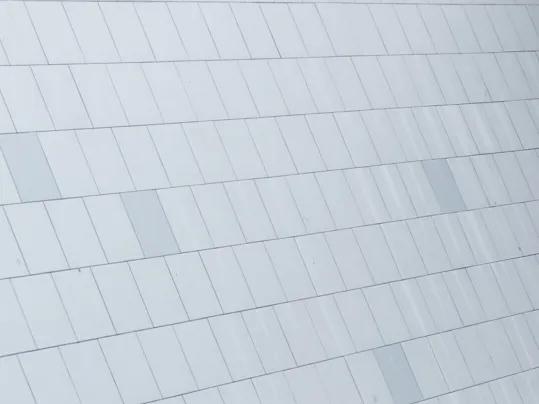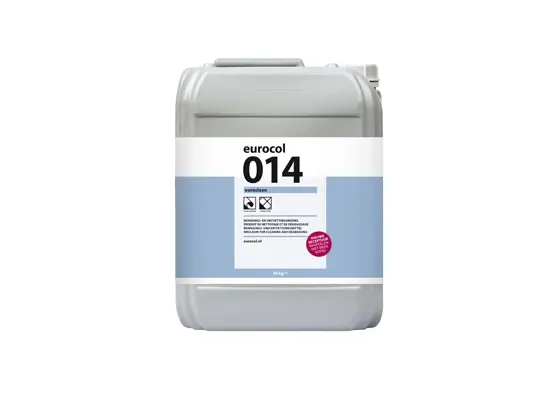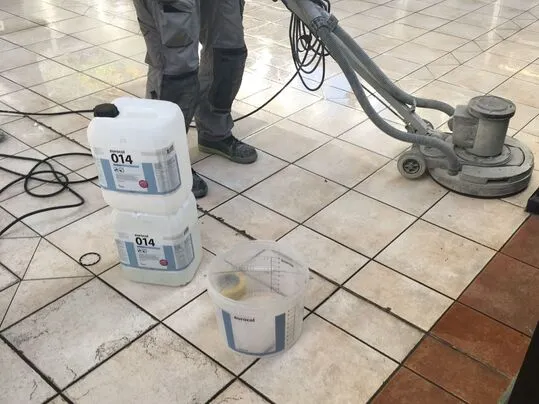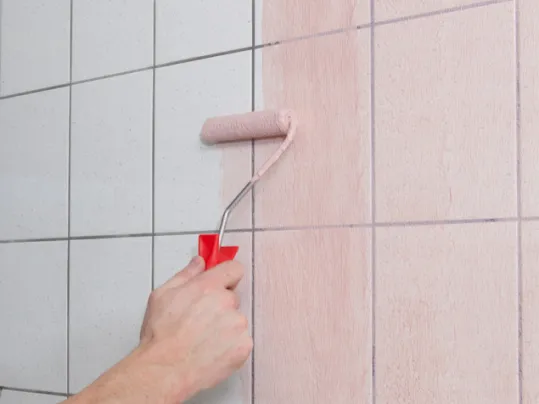HOW TO TILE SUCCESSFULLY OVER EXISTING TILING
1. Check the substrate
A flat, solid substrate forms the basis for beautifully smooth tiling. Therefore, check whether the existing tiling meets these requirements. Are all the existing tiles still solid or do they sound hollow when you tap them? How flat and accurate was the previous tiling work? Also pay attention to the shape retention and stability of the underlying construction. Be extra careful if you detect loose tiles and/or cracks in the tiling. This usually indicates the presence of tensile forces between the tiles and the substrate. If this problem arises in several places of the tiling, you shouldn’t take any risks. This gives you no option other than to remove the existing tiling and repair and stabilise the underlying construction.

2. Clean the existing tiling thoroughly
Through the years, existing tiles and joints are usually affected by dirt, grease, wax layers, etc. No matter how good your tile adhesive is, it won’t improve the adhesion of new tiles. After checking the substrate, thorough cleaning is therefore the second step for tiling over tiles. Especially for this, Forbo Eurocol offers you 014 Euroclean in its range. Its excellent cleaning and degreasing properties allow you create the ideal substrate for installing tiles.

3. How to use 014 Euroclean optimally
Apply 014 Euroclean undiluted to the existing tiling and let it soak in for a while. Then scrub the tiling vigorously with a floor scrubber. A hard broom or sanding pad can also be used to remove stubborn dirt or grease. After cleaning, remove the loosened dirt and grease residues with a cotton cloth and leave the substrate to dry completely. If large parts of the tiling on the floor are especially dirty, you should use a scrubber-dryer instead. Note: Be careful, because if you don’t clean thoroughly in all places, the new tiles may have poor adhesion.

4. Level the damage
Existing tiling is often damaged in several places. Cutting out loose tiles also creates holes in the tiling. These spaces must first be filled in. For walls, use 658 Wandoforte or 955 Wandostuc for this. Then prime the tiling with 051 Europrimer Quartz. Install moisture-absorbing wall tiles (with an absorbing shard) with a paste tile adhesive. To install floor tiles (also when applied to the wall), use a cement-based powder tile adhesive.
Note: Before levelling the entire walls, first prime them with 051 Europrimer Quartz. This prevents the fresh levelling layer from sagging on the wall. Once the levelling compound has dried, you can start tiling after priming.

5. Horizontal floor tension? Decouple!
Cracks sometimes develop in old tile floors over time due to horizontal tension. Examine these cracks and take constructive measures if necessary. First apply a so-called ‘decoupling layer’ over the existing tiling to be extra safe. This creates a tension-absorbing layer between the old and new layer of tiles to absorb the horizontal forces. 730 Isoflex, with its strong adhesion and permanently flexible properties, is ideally suited for this. Apply two layers of 730 Isoflex to the cleaned, degreased existing tile floor. After drying, you can glue the new tiles to it directly with a high-quality, cement-based powder tile adhesive.
For specific technical questions about tiling over existing tiles, please contact your Technical-Commercial Advisor or the Customer Service technical helpdesk.
Watch the instructional video about tiling over tile here.